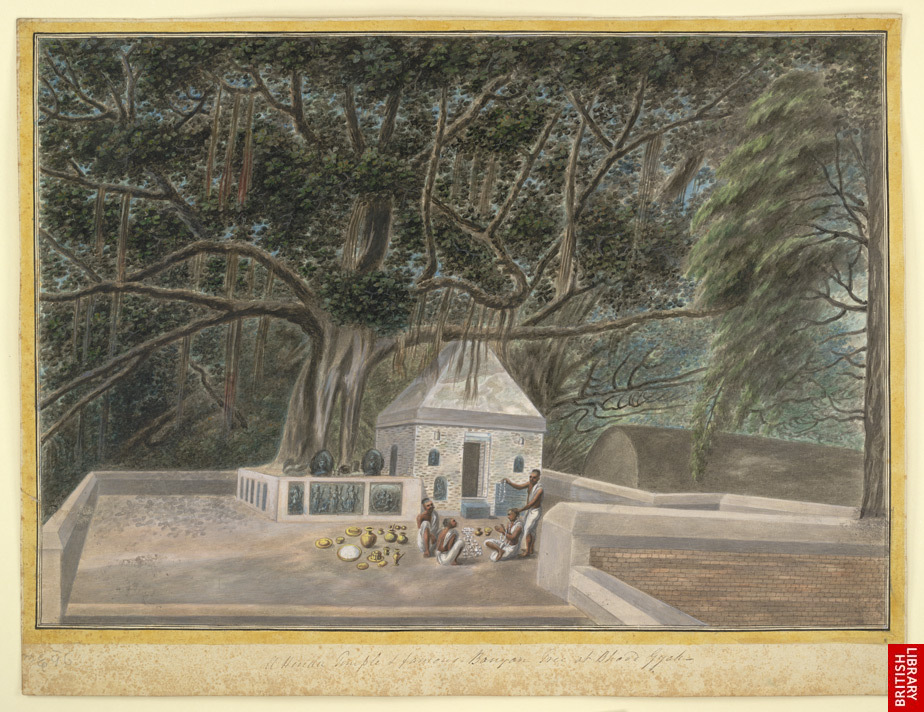
Consider, for example, the Sacred Fig trees found in the impoverished parts of Bangkok's Chinatown. Amidst a rabbit's warren of tangled alleys, Sacred Fig trees carve out light and space from the street, both of which are in short supply the dense neighborhood. The trees, which are of the same species as the Bodhi tree that Buddha achieved enlightenment under, are considered holy. They are draped with colored clothes and protected from being cut down.

Encountering one of these trees in the city today provides its own revelation. The trees do more than simply create space -- they also form the backbone of a distinctive re-use economy. Broken and damaged machines are placed under the dangling boughs of the trees in the hopes that the tree can return the machines to order. Should the tree's force be unable to fix the machines, the parts are recycled by the community.

The informal reuse system set up by the Sacred Fig trees has influenced of the economy of Bangkok's Chinatown: there are entire districts dedicated to the reconstruction and repair of old machinery. Thus the trees have served as a catalyst that both generates income for the community and encourages the recycling of disused goods. Indeed, in the words of Allan Jacobs, "Trees can do many things for a street and city."

2 comments:
I have commented in the past, possibly derisively, that the Landscape Architecture prescription for any problem is always the same: Trees. But here, you make a convincing case for trees as a useful part of anti-poverty strategy, so I have to eat my words. Now if you can propose a tree-based traffic solution I'll be really impressed.
I suppose they can actually eat the figs as well, but that's probably not unusual still for Bangkok. I like the idea of planting fruit trees in urban areas and having a community harvest to share in the community and with those in need.
Post a Comment